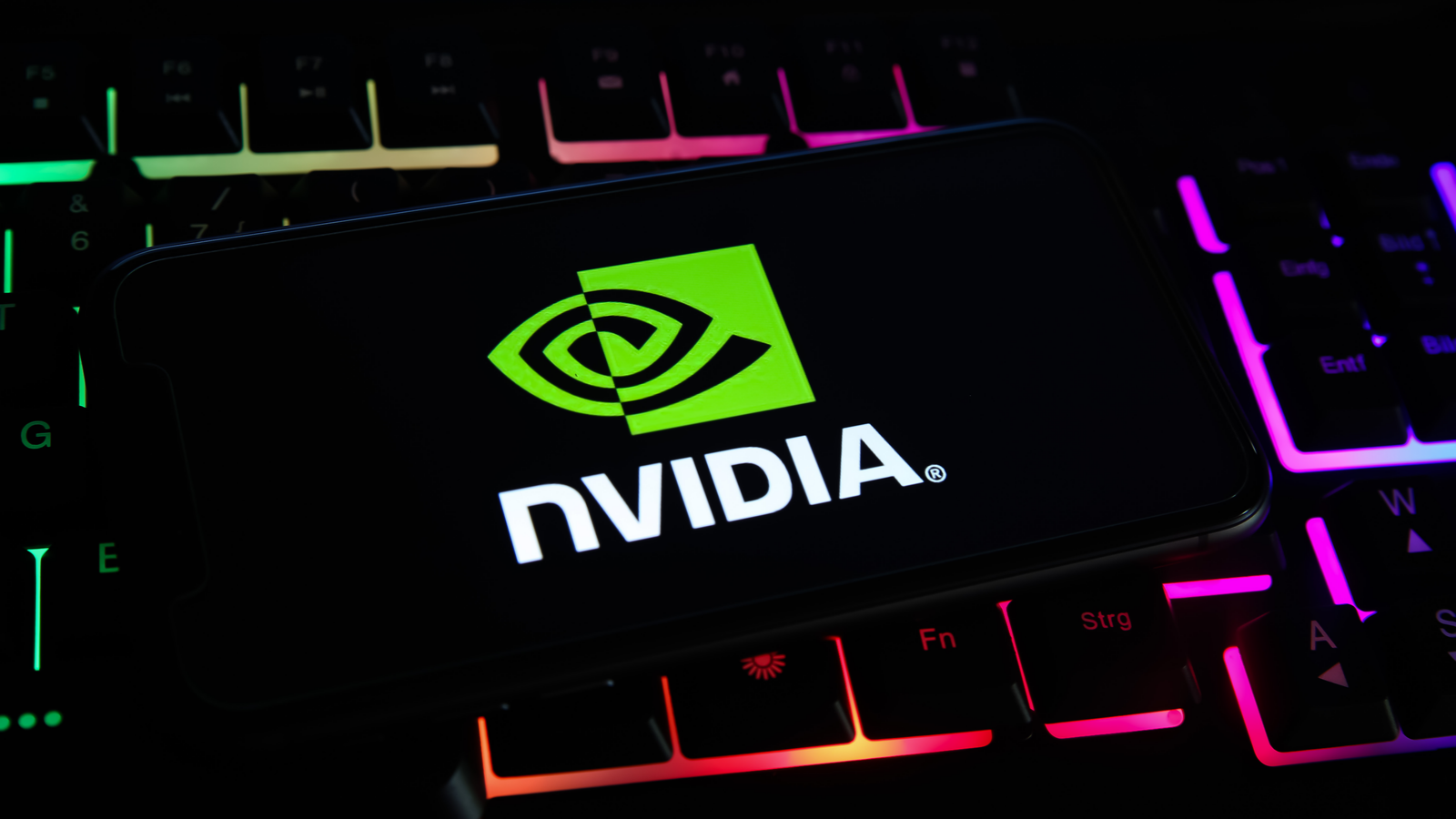Nvidia (NASDAQ:NVDA) has been central to the AI revolution, with shares surging nearly 200% over the past year. The recent 10-for-one split enhanced accessibility for retail investors, who rushed into Nvidia stock after missing the earlier rally.
However, Nvidia faces competition from homegrown GPUs by companies like Meta Platforms (NASDAQ:META) and Amazon (NASDAQ:AMZN), as well as China’s plan to produce 70% of its chips domestically by 2025. Accordingly, should investors be worried about Nvidia’s possible decline?
What’s Behind Nvidia’s Slide
Recently, NVDA saw a 5.8% decline as investors opted to push their chips into other high-profile megacap tech stocks.
Notably, small-caps have performed well of late, with the Russell 2000 seeing a sharp increase in recent days.
Accordingly, valuations are starting to matter, with value stocks seeing outsized gains relative to growth stocks. That’s a dynamic we haven’t seen in some time.
Volatility has been pervasive for Nvidia following its recent stock split (and before the split as well, to be honest).
This volatility could pick up if the macro environment deteriorates (various job market figures suggest the economy could be slowing faster than many at the Fed think).
If demand for AI chips deteriorates for any number of reasons, Nvida’s valuation (which is based on extremely high growth rates) could see significant downside.
We’ll have to see how everything shapes up, but it’s clear that there are key macro forces behind this stock investors need to take into consideration.
Nvidia Still Dominates
Truist Securities analysts recently noted that Nvidia’s growth would likely stem from organic sales-driven EPS growth.
These analysts pointed out that other large-cap stocks like Apple (NASDAQ:AAPL), Microsoft (NASDAQ:MSFT) and Amazon, despite price-to-earnings ratio contractions, still surpassed the S&P 500 via robust earnings growth.
Nvidia has consistently exceeded investor expectations, reporting record revenue of $26.04 billion and earnings per share of $5.98 for Q1 of fiscal 2025, far surpassing prior figures and analyst estimates.
Truist analysts expressed confidence that Nvidia would continue to grow revenue and EPS organically at a faster rate than the S&P.
Surging demand for AI hardware is likely to boost Nvidia’s performance. Truist analysts have noted that Nvidia’s supply chain aims for $150-200 billion in data center sales by 2025.
Although AI server revenue is growing rapidly, unit growth is still surging. Additionally, Nvidia’s shift to comprehensive solutions, beyond just chips, has fueled revenue and EPS acceleration, a trend expected to continue.
Nvidia’s upcoming Blackwell platform, designed for AI workloads, is in high demand and expected to drive growth. Analysts highlighted AI at the edge as an overlooked area, potentially adding a $100 billion market for Nvidia.
Best to Hold NVDA Stock For Now
Ultimately, the reality is that investors who didn’t hold NVDA stock in their portfolios for fear of overvaluation have likely vastly underperformed the market of late. That’s because of Nvidia’s weighting in most major indexes, and its growing importance to returns.
Thus, it’s my view that those who own Nvidia may likely simply want to sit tight. This is a fast-growing company with some strong secular tailwinds supporting its long-term outlook. Indeed, there are few stocks on the market that are seeing the direct impact of AI investment right now in the same way as Nvidia.
That said, in terms of putting fresh capital to work in Nvidia, I’d be a bit more careful. There are risks here, as I discussed. Accordingly, I think this is a stock that’s hard not to own, but it’s also hard to add right now.
On the date of publication, Chris MacDonald did not hold (either directly or indirectly) any positions in the securities mentioned in this article. The opinions expressed in this article are those of the writer, subject to the InvestorPlace.com Publishing Guidelines.
